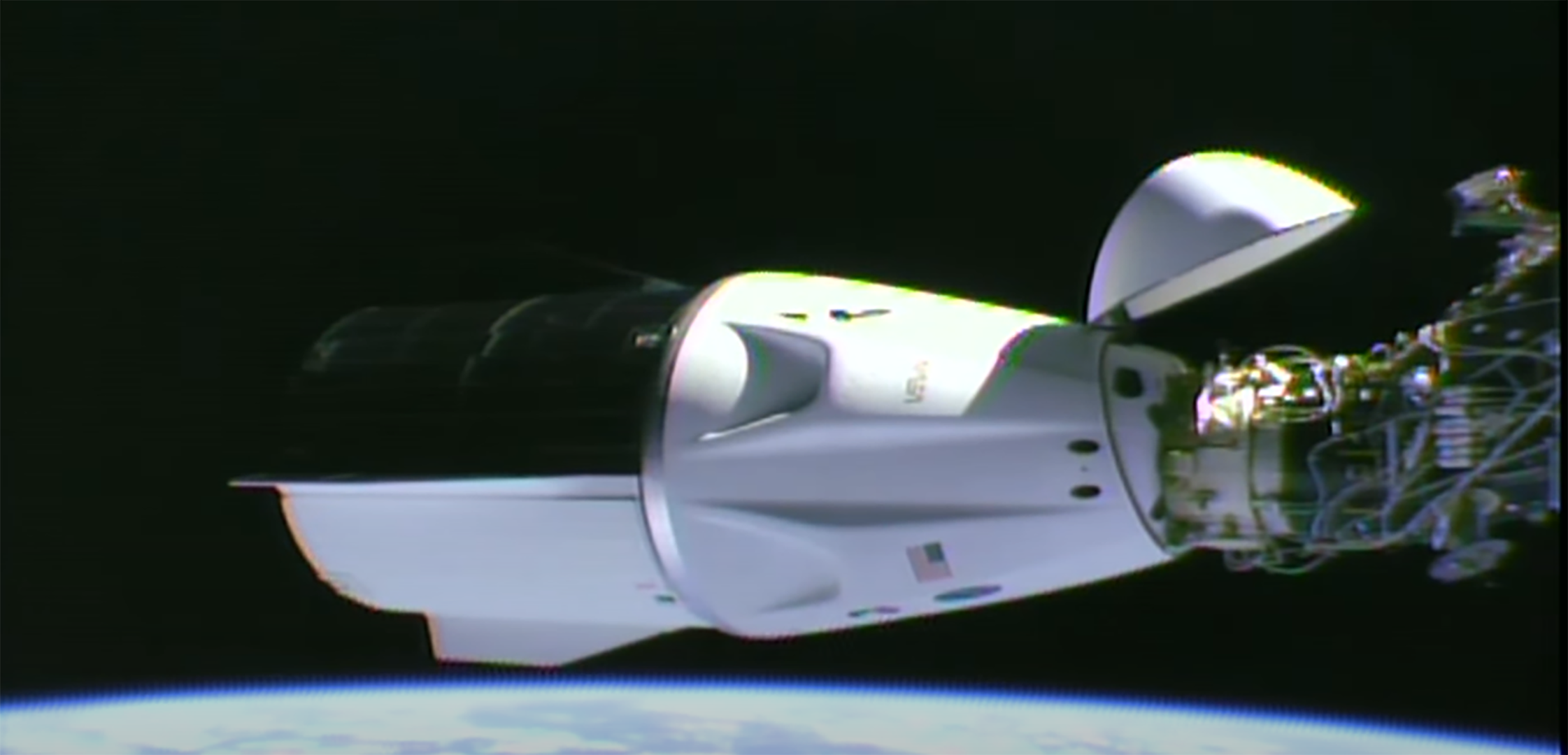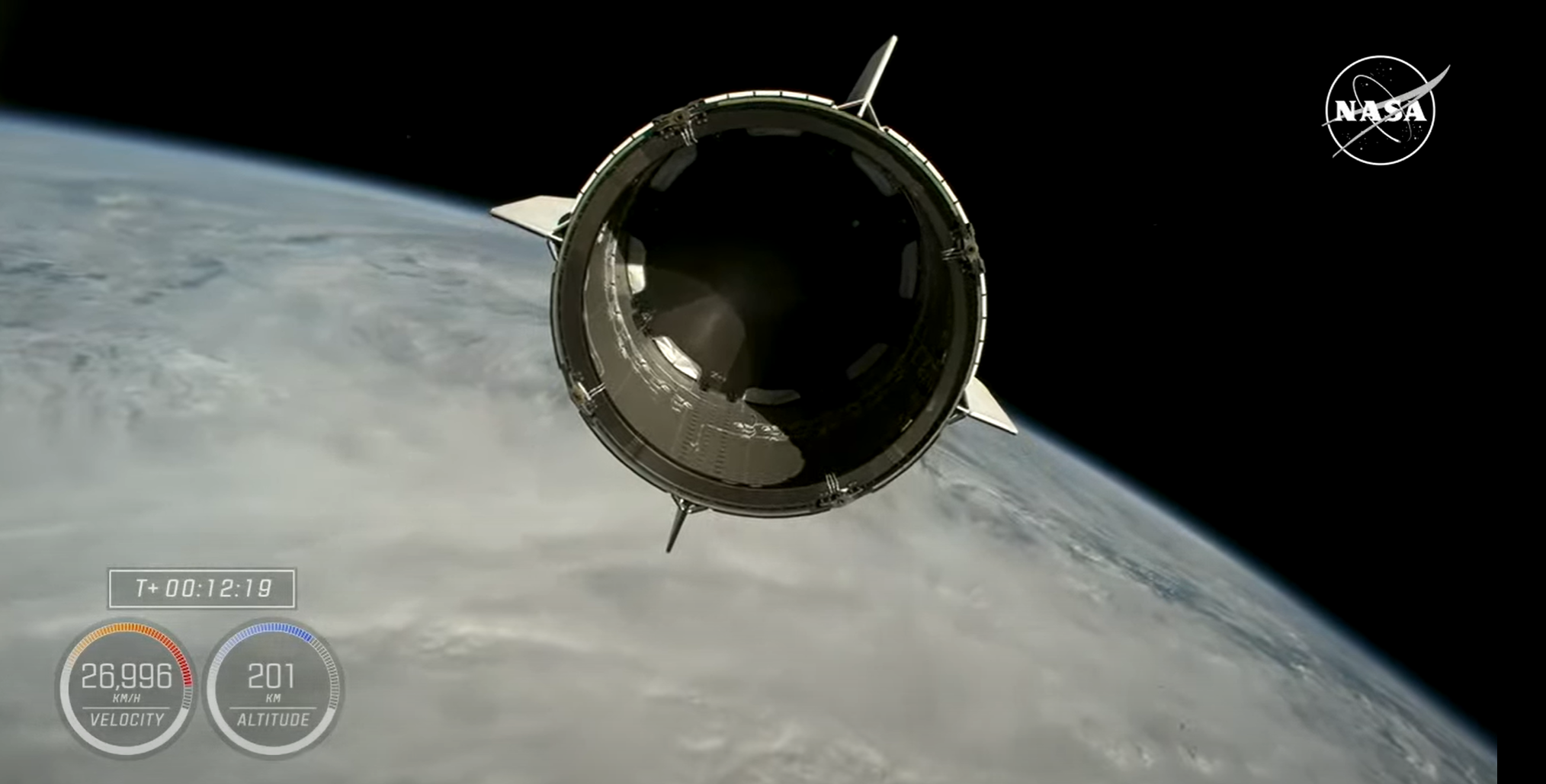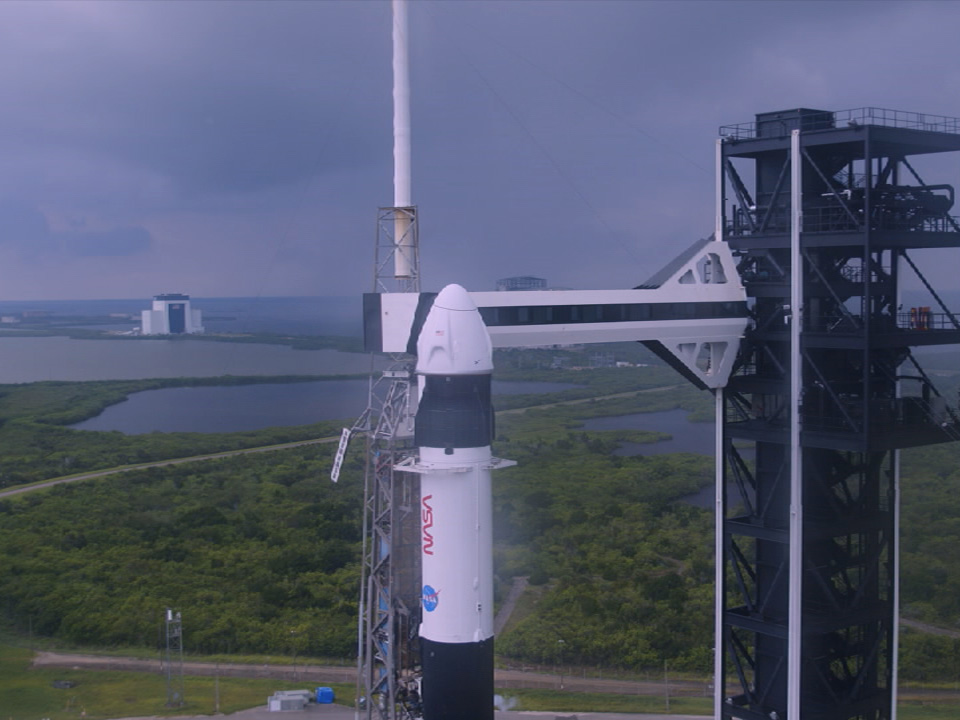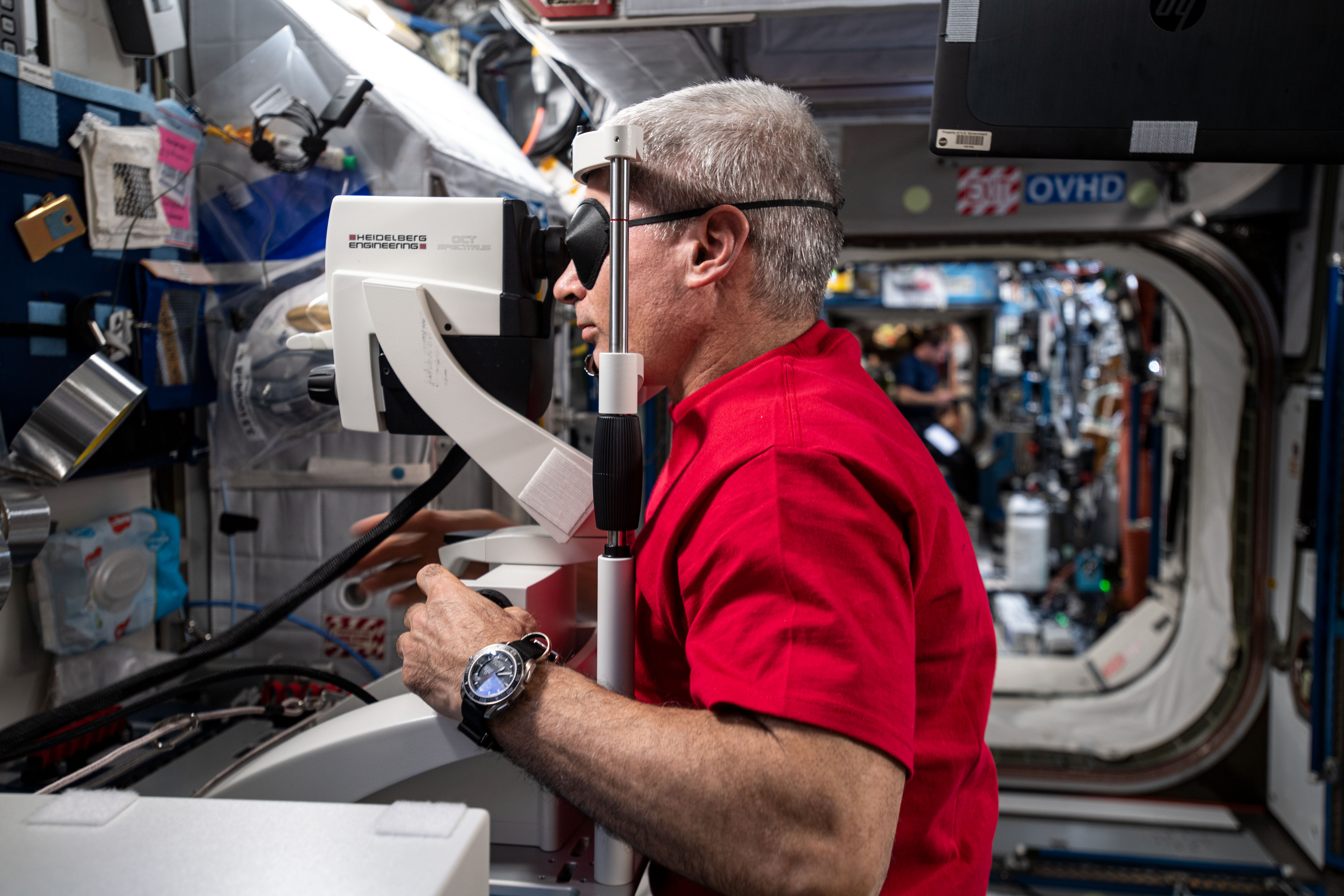
NASA astronauts Butch Wilmore and Suni Williams are fully integrated into the newly arrived Crew-9 spacecraft docked to the International Space Station. The duo tried on their SpaceX Intravehicular Activity spacesuits and completed pressurized suit leak checks on Tuesday. They also tested the suits’ audio configurations and conducted seat fit checks inside the Dragon spacecraft, completing the work required to return on the spacecraft that delivered NASA astronaut Nick Hague and Roscosmos cosmonaut Aleksandr Gorbunov to the station on Sept. 29.
Williams, space station commander, and Wilmore, flight engineer, will remain on the space station as Expedition 72 crew members completing a science mission aboard the space station and return to Earth in February 2025 with Hague and Gorbunov as part of the agency’s SpaceX Crew-9 mission. With the checks completed, the Crew-9 Dragon now is the normal and emergency return spacecraft for the four-person crew.
The temporary seats built up inside the Crew-8 Dragon spacecraft, that had been serving as an emergency return spacecraft for Williams and Wilmore until Crew-9 arrived, will be dismantled by the crew prior to the spacecraft’s departure from the space station. The Crew-8 spacecraft and its crew of NASA astronauts Matthew Dominick, Michael Barratt, and Jeanette Epps, as well as Roscosmos cosmonaut Alexander Grebenkin, are scheduled to return to Earth in about a week, depending on weather conditions in the splashdown zones off the coast of Florida.








